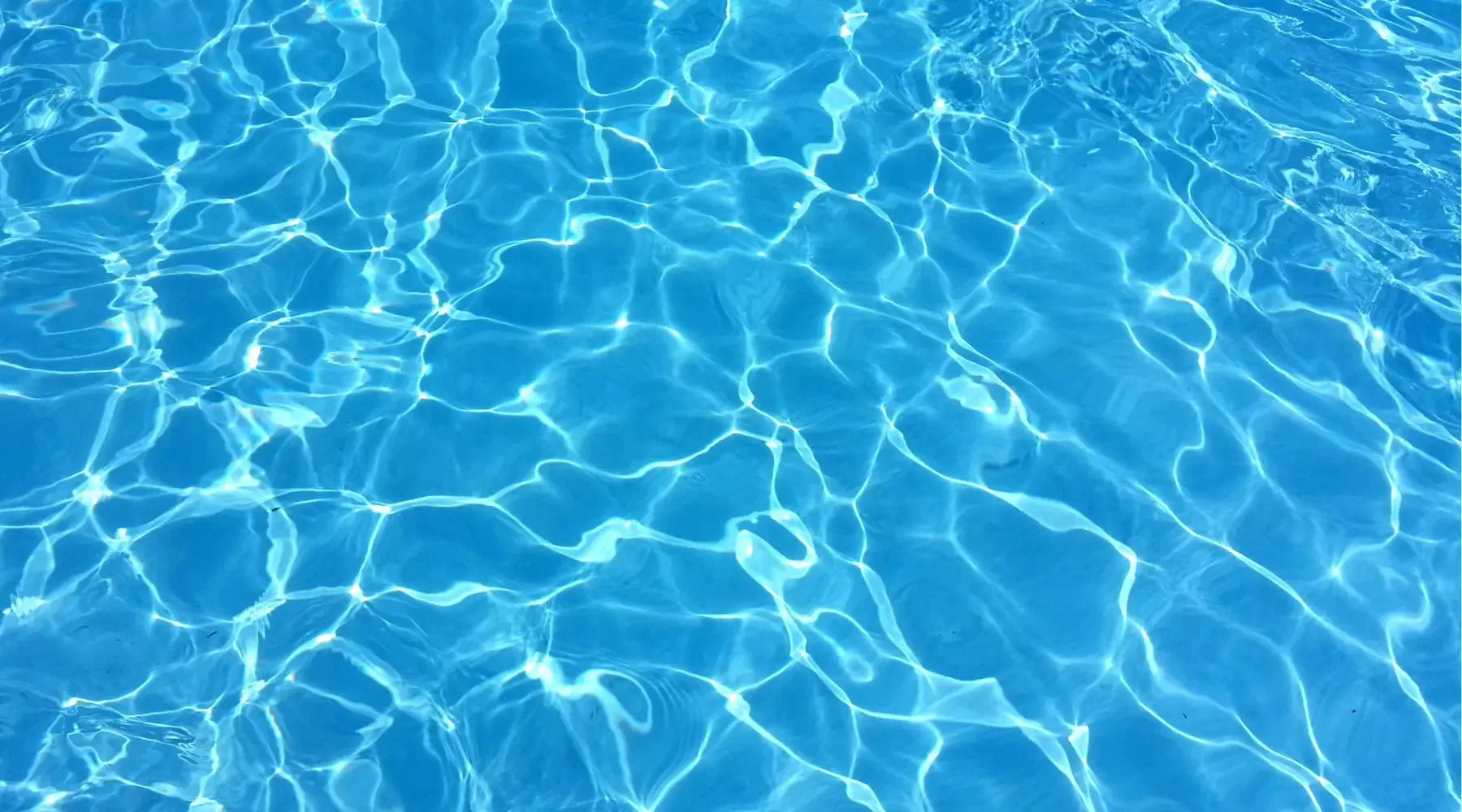Today I officially got the pool project underway, after 6 weeks or so of procrastination. After a week of foul weather, I finally got a decent day, so I took off work and rented the concrete saw. It did the job quite nicely, and quickly enough that I only needed a 4-hour rental.
It took a bit of time to get the hang of the saw, but it was very easy to use. The blade had no problem cutting through the entire slab. The water feed did a great job of keeping the dust to a minimum, and it probably sped the job up by keeping the blade cool. I was not able to cut any of the curved areas, which I sorta expected. Not sure how I would handle these. A 7″ angle grinder might work for the area around the steps, but the corners are a little too tight for any kind of rotary blade.
Next I need to clear the joint and clean up the mess, which figures to be more time consuming than the cutting. The wet concrete dust forms a kind of pasty mud, which sticks to the deck and won’t fully vacuum up. I’ll probably end up using my pressure washer to clean it off the deck.
With the joint partially cleared, I can see that a lot of the fill around the pool has eroded over the years, from water seeping into the joint. I’m not planning on doing anything about it, as I’d need to demolish the deck (that’s a job for the next owner of the house). But, once I caulk the joint it’ll stop any further erosion.
Once I’ve cleaned the joint I may go ahead and fill it (at least partially) with backer rod, to keep junk from falling into it before it’s caulked. Hopefully I’ll be able to finish prepping the joint over the long weekend; then I can focus on re-mortaring the loose coping stones.
Oh, and the stupid Tulip Poplars have already started dropping leaves, and it’s not even July yet. It’s going to be a long summer..
